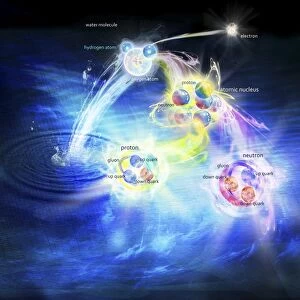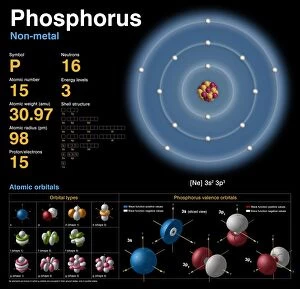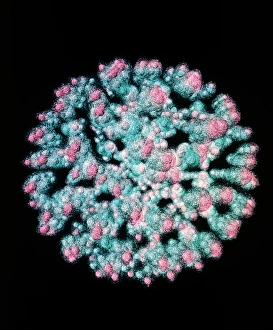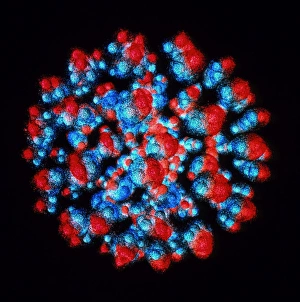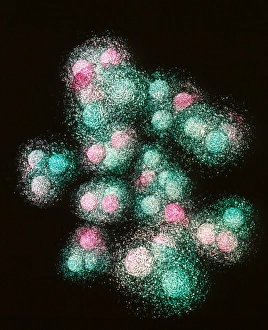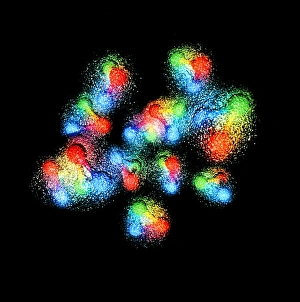Nucleon Collection
"Nucleon: Unveiling the Intricacies of Atomic Structures and Matter" Delving into the realm of subatomic particles
All Professionally Made to Order for Quick Shipping
"Nucleon: Unveiling the Intricacies of Atomic Structures and Matter" Delving into the realm of subatomic particles, nucleons offer a captivating glimpse into the intricate world that lies beneath our visible reality. Visualizations showcasing the quark structure of carbon reveal a mesmerizing dance of elementary particles, forming the foundation upon which matter is built. Moving further along this atomic journey, we encounter oxygen's atomic structure depicted through stunning artwork. The delicate arrangement of electrons around its nucleus paints a picture of elegance and complexity, reminding us of nature's remarkable design. As we venture deeper into uncharted territory, Rutherfordium takes center stage with its own unique atomic structure. This heavy element unveils an awe-inspiring arrangement within its nucleus, shedding light on the mysteries that lie at the heart of matter itself. With each repetition comes newfound fascination as Rutherfordium's atomic structure continues to captivate our imagination. Its intricate composition serves as a testament to humanity's relentless pursuit in unraveling nature's secrets. Praseodymium joins this enthralling exploration with its distinct atomic structure coming into focus. As one delves deeper into understanding these building blocks, it becomes evident that there is still much more to uncover about our universe's fundamental constituents. Artwork depicting the overall structure of matter adds another layer to this visual feast for knowledge-seekers. C018 / 0948 showcases an artistic representation that invites contemplation on how everything around us emerges from these minute entities interacting harmoniously. Phosphorus enters the scene with its own unique atomic blueprint displayed in C018 / 3696. This essential element reminds us once again that even seemingly ordinary components possess extraordinary intricacies when examined closely enough. Intriguingly intertwined throughout this narrative are various depictions highlighting Rutherfordium’s enigmatic atomic architecture - emphasizing both its significance and allure within scientific circles.



